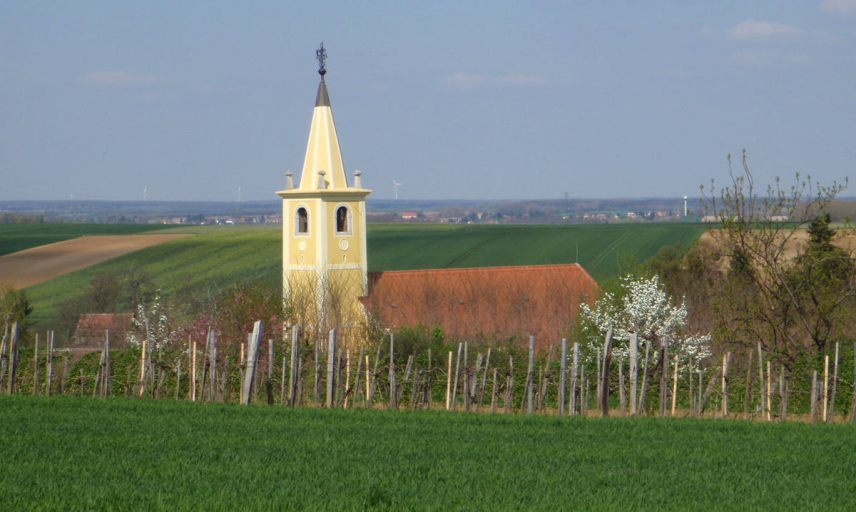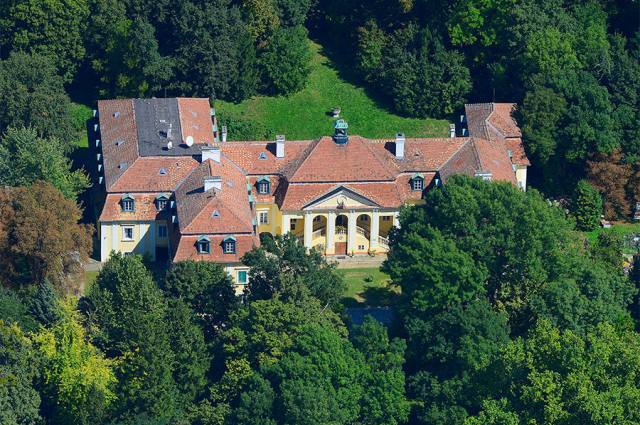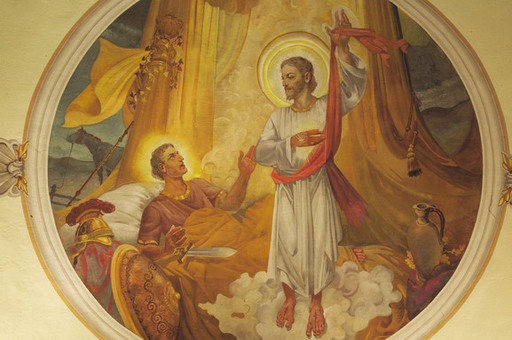
Stop point - Peresznye

The settlement, currently 36% Croatian, is mentioned in documents from around 1195. It was a manor of the Abbey of Borsmonostor with a fair[6]. In a charter of Pope Ince III written in 1209, Peresznye is mentioned as a Cistercian monastic manor (grangia) - but there are no further documents to support this, and according to a 1904 communication by Ignác Kovács, it is located in the "forest hill" on the border of the village.Around 1222, a "csöbör tax" was first introduced in Sopron County, along with several other settlements, to be paid to the landlord for the use of vineyards of a manorial nature. The settlement was probably inhabited by a Slavic-speaking population as early as the Middle Ages, as indicated by the name Prezena, Proescie. After the devastating Turkish campaign of 1532, Miklós Jurisics settled Croats from his Croatian estates, and since then the population has been populated by a large number of Croats, although the proportion has now fallen below 40%. In the first half of the 16th century, the defender of Kőszeg received the manor of Borsmonostor as a royal donation in addition to the manor of Kőszeg. After the conquest of Szigetvár by the Jurisics in 1568, the abbey and its estates were won by Tamás and Ferenc Nádasdy's son, Tamás, for the surrender of Kanizsa.[9] Later, after the beheading of Count Ferenc Nádasdy III in 1671, Pál Esterházy was the lord of the manor from 1676, and several branches of his family were also the village's benefactors. At the turn of the 19th and 20th centuries, it became the property of the Counts Berchtold of Czech origin. A voluntary fire brigade was founded in 1887.
Source : Wikipédia
Church of St. Egyed - built in 1727, the interior is largely Baroque.
The collection was donated by István Dumovits István Dumovits, a parish priest of Croatian Szidányi, born in Peresznye, to the National Municipality of Croats in Hungary. The museum presents the ecclesiastical culture and religious customs of the Hungarian Croatian community, especially of the Gradisty Croatian community.
Esterházy Castle (Berchtold Castle) The Baroque castle at the end of the village was built in 1727 by Count Dániel Esterházy. In the second half of the 19th century, the Berchtold family took over the building and around 1882 they rebuilt part of it in the Eclectic style. The castle garden, which extends to the south side of the road, was converted into an English park by the Berchtold family in the early 1900s. One of the largest plane trees in Hungary can be found here.
- Peresznye


